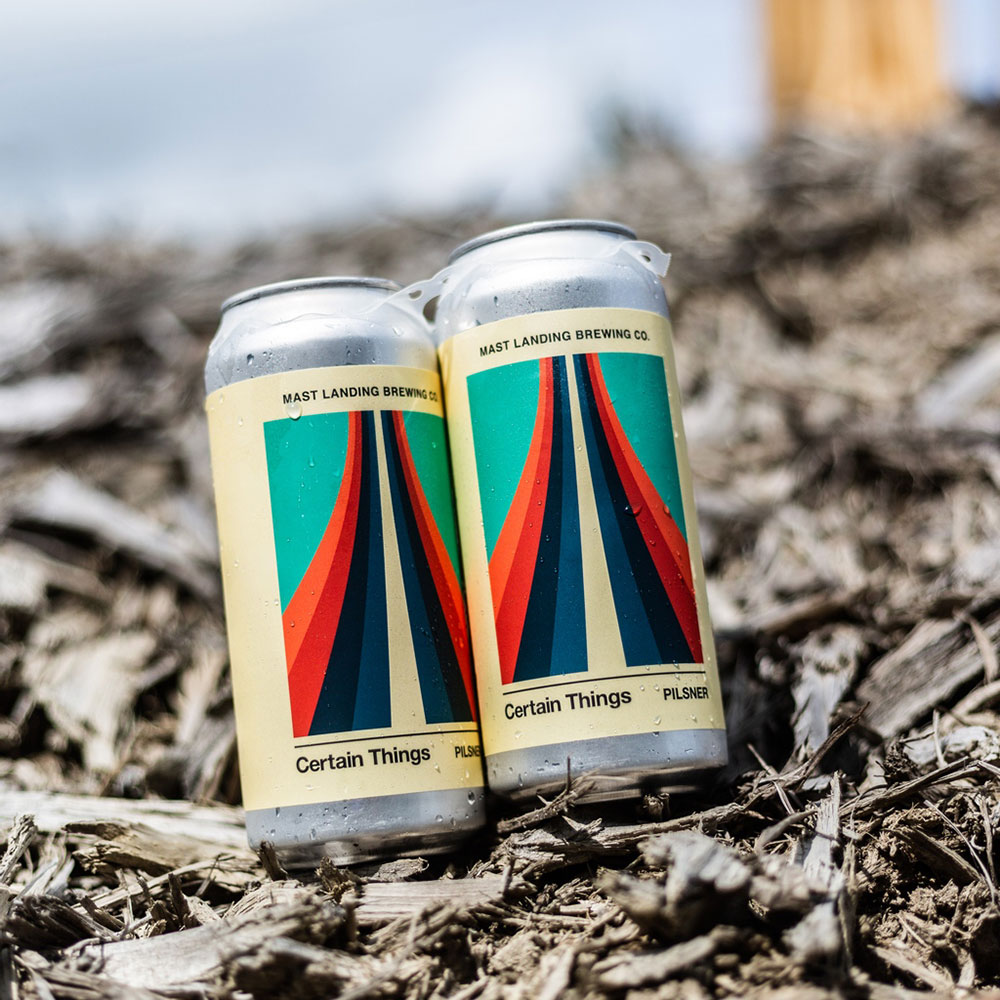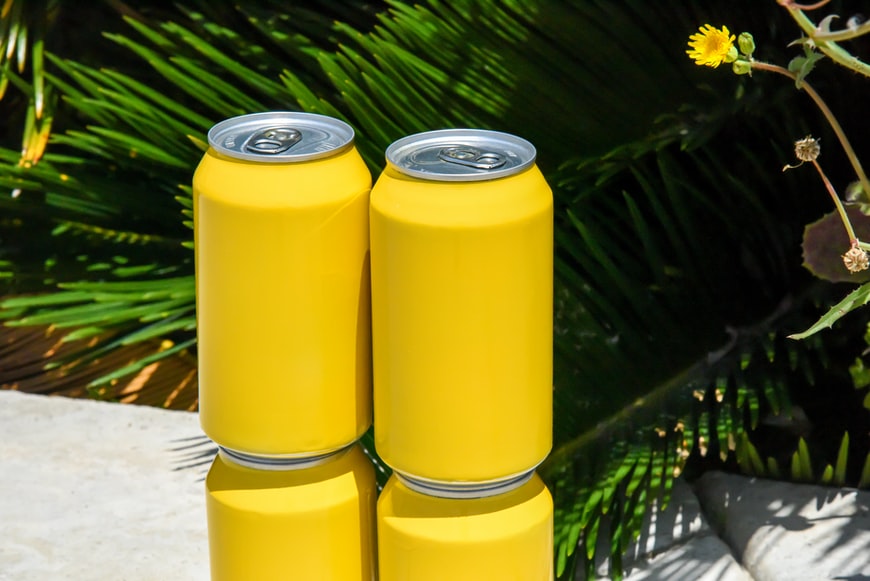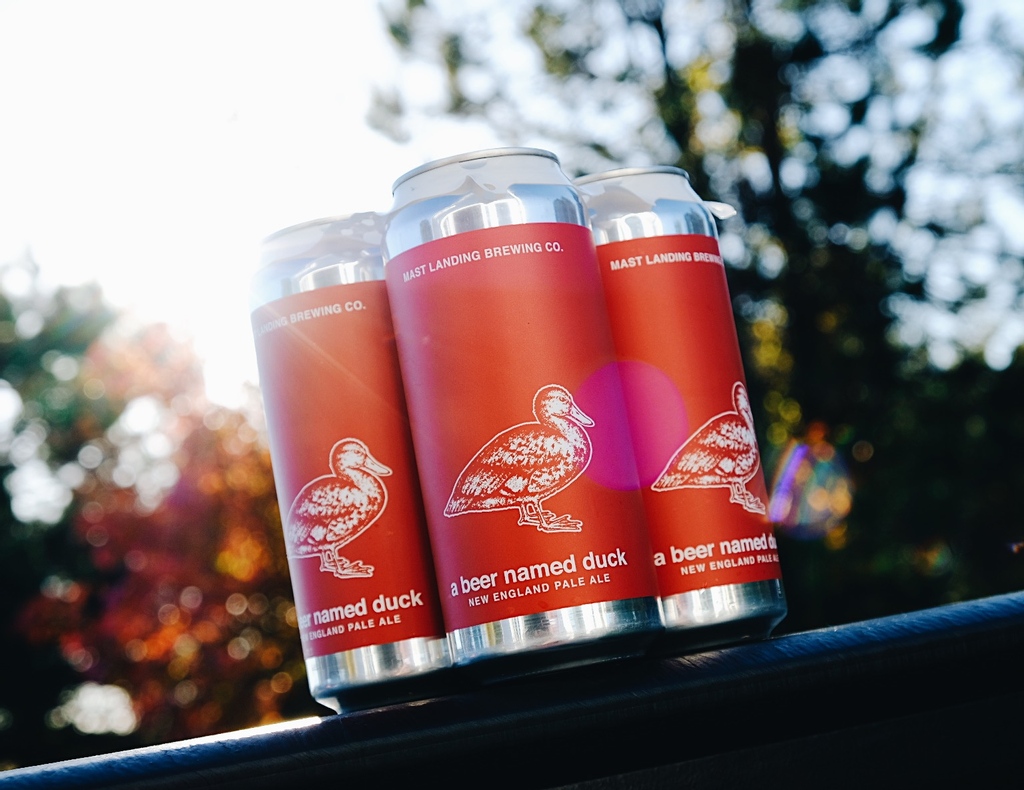
In the UK we are often no great shakes as linguists. Just as well then that English is so widely used in common parlance; the lingua franca you might say. So apart from the ability to order a can of beer in a smattering of foreign languages, our conversational skills when abroad often depend upon adopting a loud and slow tone of voice backed up by some spirited gesticulation.
And even were it possible to fall back onto our mother tongue in chatting away with the locals we should definitely think twice before throwing the proverbial spanner of a nifty metaphor or figurative play on words into the works.
A common understanding..
Some of our idioms – like the one above – just get lost in translation. Try explaining to a non-native English speaker that you’re ‘caught between two stools’ and see where that gets you; especially if they have a medical background. Or that they’ve ‘hit the nail on the head’; that something ‘costs an arm and a leg’ (again, inadvisable in a medical context – the US excepted); or suggesting ‘a penny for their thoughts’ – which, of course, might be construed as adding ‘insult to injury’.
Some, however, are instantly understood. For example: less is more; the universal and as such arguably (and ironically) over-used description of a minimalist approach towards design or manufacture. Although it sounds like it came freshly-minted out the Marketing 101 manual, the expression was first coined by the poet Robert Browning a hundred and fifty years ago.
It resurfaced post-WW11 when it came to be associated with the style adopted by the architect Mies van der Rohe. Just sit on one of those sparse, tubular chairs he designed and you’ll see why.
And for packaging?

In packaging terms, of course, it’s coded shorthand for exercising greater sustainability in the use of resource. Being itself an abbreviated way of saying ‘less is more effective’, it’s also commendable for taking a leaf out of its own book. However, it does invite a basic but important question: more effective for whom? And as anyone who has ever grappled with a low grammage PET bottle will know only too well, that’s not necessarily the end user.
The optimal answer is a lightweighting application that works equally as effectively for the brand owner and the consumer, and that saves cost, time and not least the planet into the bargain. Using 10 per cent less film than any other comparable rim-applied multi-packing solution currently on the market, the WaveGrip carrier is a perfect example of less being more and also capable of bearing a heavier load than any of its erstwhile competitors.
Safe & sound
Primary packaging is designed to present a product in its best possible light. Once it’s met its objective through that product being picked out from all the rest of the competition on-shelf, the complementary role of secondary packaging then becomes just as crucial in enabling it to be transported safely and easily to its ultimate destination.
It’s a function that needs to be performed as efficiently as possible, without adding unnecessary on-cost to the brand owner or inconvenience to the consumer in disposing of it post-use.

These are attributes that are expertly delivered by the strong but wiry WaveGrip carrier that due to its rim-applied structure requires far less material to achieve an infinitely more stable solution than a stretch PE film alternative. And if that wasn’t minimalist enough, its photodegradable properties and use of up to 50 per cent recycled material also make it the most eco-friendly multi-packing solution available.
Who could ask for anything more … or less!
The post The bearable lightness of being appeared first on WaveGrip.
Our team is happy to answer your questions. Leave us a message and we’ll get back to you as soon as possible.